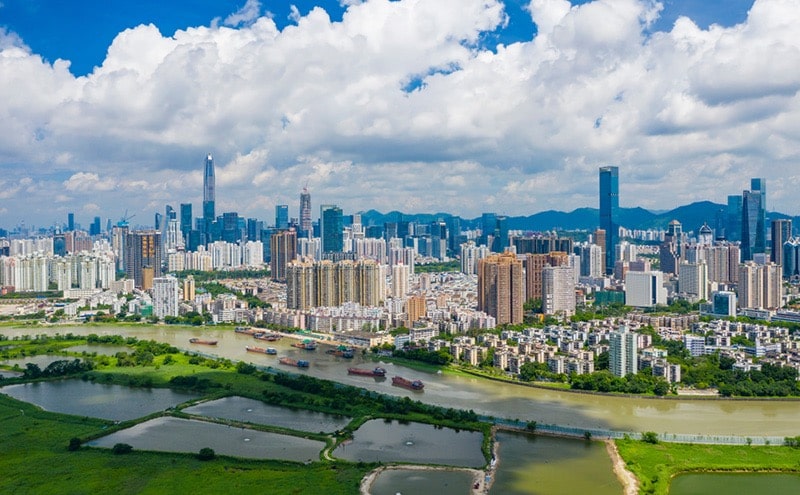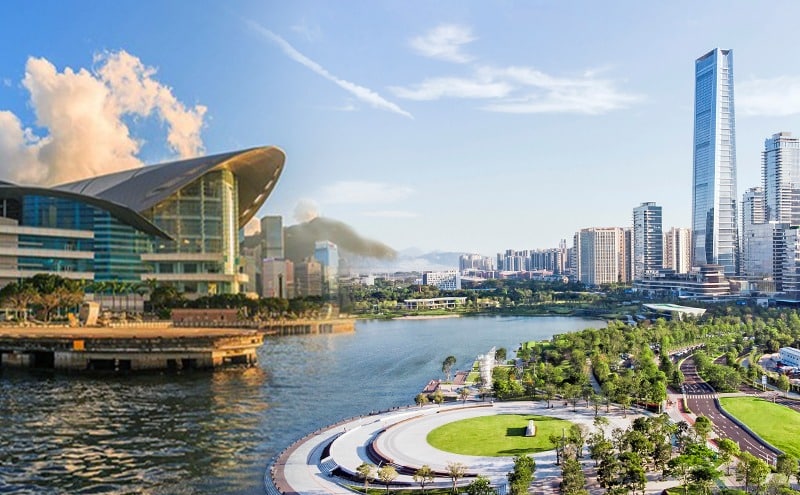At the World Economic Forum Annual Meeting in Davos, Vice Premier Liu He announced that China's door will continue to be open to foreign investment, convincing global leaders that the economic vitality unleashed by China is the hope of boosting global growth. Three years after the dynamic was cleared, strict domestic lockdowns were relaxed, and Hong Kong raced against time to restart cross-border transportation. The market gradually showed signs of recovery, and the Lunar New Year was full of joy and peace. Customs clearance between the two places is the first step towards a full return to normal, and is also a good start for the new development of the Greater Bay Area.
Foreign investors have the keenest sense of business opportunities in the Greater Bay Area and have already made arrangements in advance before they even open the door. HSBC found that nearly 70% of companies plan to expand their business in the Greater Bay Area in the next three years. Thanks to the "Regional Comprehensive Economic Partnership (RCEP)" that came into effect early last year, they believe that the economic growth of the Greater Bay Area will be higher than China's average level. The survey was conducted in September 2022 and interviewed more than 3,000 business leaders in 16 countries around the world, confirming that multinational companies are unanimously optimistic about the Greater Bay Area after the epidemic.
However, we also need to recognize that citizens are no longer as enthusiastic about Bay Area development as they used to be. According to a survey by the Institute of Asia-Pacific Research of CUHK in November 2022, only 19.1% citizens would encourage young people to develop in mainland cities in the Greater Bay Area, which is almost half the number in July 2021, reflecting that many citizens are on the fence or even skeptical. manner. The declining birthrate and immigration have led to a decrease in the number of school-age students, and there are ample joint enrollment places in local universities. The mainland's economy is slowing down, employment prospects are uncertain, and risk aversion is budding, which is even more detrimental to starting a business. If these objective conditions do not change, the attractiveness of the Greater Bay Area will naturally be greatly reduced.
It’s no wonder, because the force majeure brought about by the epidemic has slowed down all development plans. Democratic Ideas surveys citizens every six months on their willingness to study, work, retire or live in mainland cities in the Greater Bay Area. The number of interested citizens has always remained at more than 10%. It recorded 12.2% in June 2018 and remained roughly unchanged thereafter. The decline triggered by the amendment bill also recovered within a year. However, after the epidemic, the flow of people, logistics, capital, and information came to a complete halt, making development northward out of reach. The number of people considering going there has dropped to 4.5% in July 2022.
The convenience measures and publicity strategies in the past few years have made international investors eager to look forward to the reopening of the Greater Bay Area. After customs clearance, citizens’ willingness to move northward to mainland cities in the Greater Bay Area for development is believed to return to their former fundamentals as market conditions recover. However, those who leave their hometowns are always in the minority, and the majority of residents are still rooted in Hong Kong. The development of the Greater Bay Area highlights economic opportunities, benefiting the business and professional sectors. In the future, it should also showcase its aspects of livability, retirement care, entertainment, and vacation tourism. It starts from the mutual exchange of residents and makes life in the Bay Area a part of the social culture of Hong Kong people. .
Source:https://www.thinkhk.com/article/2023-01/27/59130.html



